Britain had initially decided in January to allow Chinese telecommunications giant Huawei to play a limited role in its next generation 5G mobile networks. Huawei was restricted from being involved in “core” but allowed to participate in the infrastructure known as the RAN (Radio Access Network) – limited to 35% – to ensure the U.K. will not become overly dependent on a high risk vendor.
Andy Purdy, the U.S. chief security officer at Huawei, said while the U.K.’s decision was not a huge victory for the company because the 35% cap was a “very significant limitation”, it nevertheless provided an opportunity to Huawei to continue working with customers like Britain to keep the 5G rollout on track and to prove Huawei’s capabilities.
The U.K.’s decision, however, was met with displeasure from the U.S. politicians. As expected, Secretary of State Mike Pompeo issued a warning that the intelligence sharing relationship between both countries would be under threat, referring to a newly introduced bill that would stop the U.S. from sharing intelligence with countries that use Huawei equipment for their 5G networks.
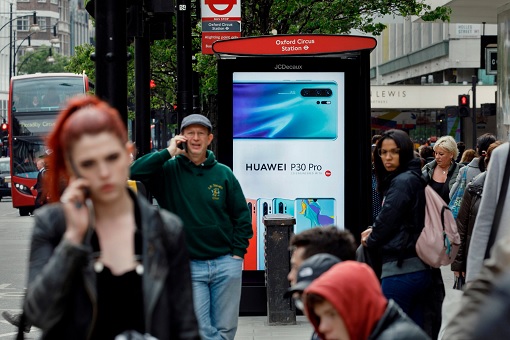
Several of the biggest British carriers have already begun rolling out 5G and have chosen Huawei as their RAN provider. Hamish MacLeod, director at Mobile UK, said – “The mobile industry continues to believe that it is in the interests of customers and the U.K.’s desire to be a global leader in 5G it must have access to a diverse supply chain that is open to the latest and most innovative technologies.”
Under pressure from the Trump administration, some lawmakers in the Conservative government’s own party sent warnings to British Prime Minster Boris Johnson. For example, conservative lawmaker Bob Seely said – “The danger is that you allow China leverage into your system, into your critical national infrastructure if you allow Huawei in.”
Now, not only Huawei lost the “core” (the control centre of the 5G system), but could also potentially lose everything, including the 35% of any radio access or part-fiber broadband network initially agreed in January. In a massive U-turn, The Sunday Times and The Daily Telegraph reported that the British government is to strip Huawei from Britain’s 5G network by the end of this year.
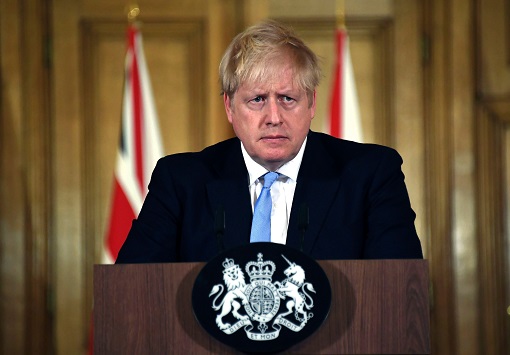
Apparently, the Johnson administration’s stunning U-turn was driven by a new report from British intelligence agency GCHQ that raised new security fears over Huawei’s “untrusted technology” following U.S. moves to cut off the Chinese tech giant from key chips. Interesting, GCHQ had previously given its assurance that the risks posed by Huawei can be safely managed.
It was GCHQ’s National Cyber Security Centre assurances in the first place that had led PM Johnson to allow Huawei’s 35% participation in the 5G RAN (Radio Access Network) infrastructure. And now the British Prime Minister has to backpedal because the same British intelligence agency suddenly said the Chinese tech giant cannot be trusted.
The U.K.’s National Cyber Security Centre (NCSC) was caught off guard after Trump administration passed a new rule in May that requires foreign manufacturers using American chip making equipment to get a license before being able to sell semiconductors to Huawei. The new rule was to plug a “loophole” used by American companies to bypass Trump’s previous blacklist rule.
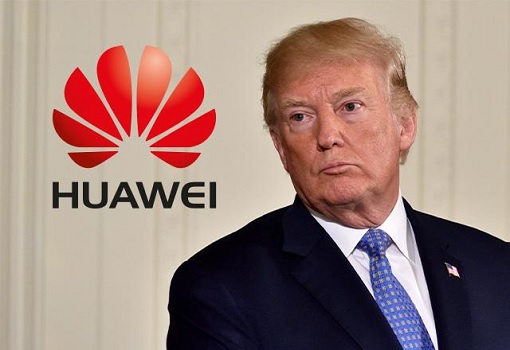
When Trump administration created the first trade blacklist rule back in May 2019 to restrict exports to Huawei, there were “legal loopholes” – despite the export ban, American tech companies continued to sell chips and equipments to Huawei through overseas subsidiaries and classify their technology as foreign, even though the headquarters is in the U.S.
Thanks to the U.S. latest sanction on Huawei, British officials are now drawing up proposals to stop installing new Huawei equipment in the 5G network in as little as 6 months, and to speed up the removal of technology that is already in place. But it’s easier said than done. Giant British mobile network operators – Vodafone and BT – have warned the consequences of rushing to blacklist Huawei.
Under the current British government guidelines, U.K. telecom providers are required to reduce the share of Huawei kit in non-core parts of their infrastructure to 35% by 2023. However, Vodafone and BT said they would need at least 5 years to phase Huawei out of their U.K. networks if they are to minimize service outages and other disruption for existing customers.

Vodafone’s existing infrastructure contains one-third Huawei and two-thirds Ericsson, while BT’s network currently consists of two-thirds Huawei and one-third Nokia. Andrea Dona, Vodafone’s head of networks in the U.K., said that if the carrier is forced to throw Huawei telecoms kit out for another vendor’s, it would have to spend “single-digit billions” of pounds.
But that was not the best part. If Vodafone is forced to replace Huawei’s equipment entirely with another vendor’s by the 2023 target deadline, some of its customers would lose their signal for a “couple of days”. Vodafone was largely unaffected by the January proposals of limiting Huawei to 35% market share in the 5G technology because it avoids Huawei in its core.
Agreed with Vodafone, BT Chief Technology Officer Howard Watson told British lawmakers – “It is logistically impossible I believe to get to zero in a three-year period. That would literally mean blackouts for customers on 4G and 2G as well as 5G throughout the country.” Only 3G signals would not be affected as the EE network of BT uses the Nokia kit to provide that service.
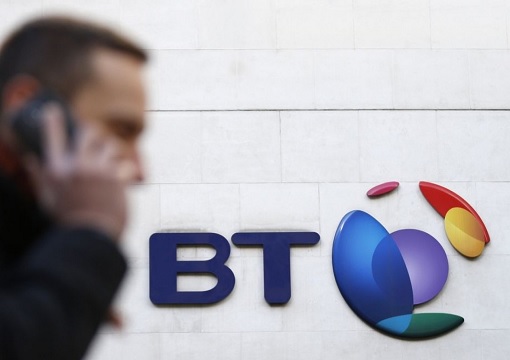
Mr. Watson requested a 7-year timeframe to properly phase out Huawei because it has more components of the Chinese tech company. The CTO of BT explained the logistics involved in bringing in cranes and shutting off streets to replace masts, base stations and other Huawei equipment meant that the only way to meet the deadline would be to switch over multiple sites in an area at the same time.
Under Trump administration, the trade war against China has morphed into tech war. The U.S. has been pressuring – even threatening – it’s allies to exclude Huawei from 5G infrastructure, claiming its presence on the networks would enable Chinese espionage. Allies, including Australia and New Zealand have already banned the company from their domestic networks.
Huawei and ZTE Corp have been the subjects of an investigation that looked into whether their equipment could pose a threat to U.S. interests. Since then, the U.S. has been warning its allies, especially the members of the so-called Five Eyes, a group of five English speaking countries – U.S., Canada, New Zealand, Australia, Great Britain – against using Huawei technology for critical infrastructure.
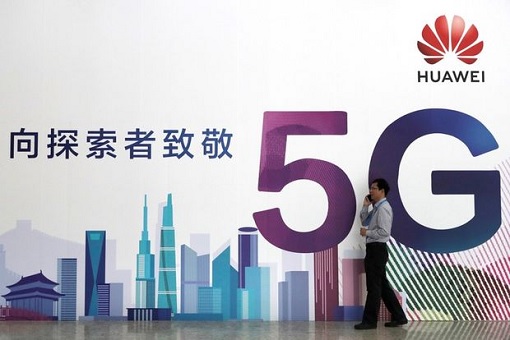
Still, the U.S. arguing that a law that bans United States federal agencies from buying Huawei products is against its very own Constitution.
Besides lawsuits against the U.S.
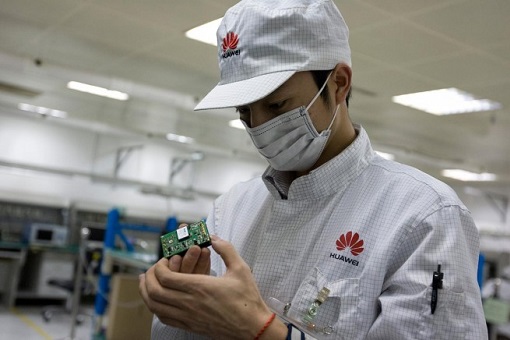
After the latest plan to blacklist Huawei completely in Britain, Paul Harrison, head of international media at Huawei, posted a series of tweets and revealed the actual situation – the U.S. “fell asleep at the 5G wheel years ago and they’re fighting to claw back market position.” He said that Huawei has been in the U.K. market for 20 years and has “helped telecom providers drive the U.K. to become a 5G global leader.”
Other Articles That May Interest You …
- Trump To Cut Off Chip Supplies To Huawei – But The Chinese Tech Giant Has Begun Making Phones With Local Chipmaker
- From Terminating Trade Deal To Cancelling $1.1 Trillion Debt Owed To China – Here’re Some Of Trump’s Crazy & Dirty Ideas
- China No Longer Needs U.S. Parts – Huawei Mate 30 Contains Zero American Chips
- Germany Ignores The U.S. Pressure – Welcomes Huawei To Build 5G Networks
- Huawei’s Market Share Hits Record 38% In China – All Competitors’ Share Including Apple Plunges
- From Trade War To Tech War – After 5G Technology, The US Aims To Cripple China’s Artificial Intelligence
- As Huawei Hits $100 Billion Revenue, Chairman Said The U.S. Has “Loser’s Attitude” & “Table Manners” Problem
- “You Cannot Crush Us” – Huawei Founder Warned About Shifting Investment From The U.S. To U.K.
- Huawei Strikes Back – U.S. Fears Of Being Left Behind, Fails To Hack Into Huawei To Spy
- China Invasion – Top 10 American Iconic Brands Now Owned By Chinese

|
|
July 11th, 2020 by financetwitter
|


|

|

|

|

|

|










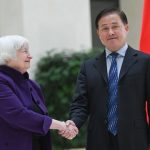

















Comments
Add your comment now.
Leave a Reply